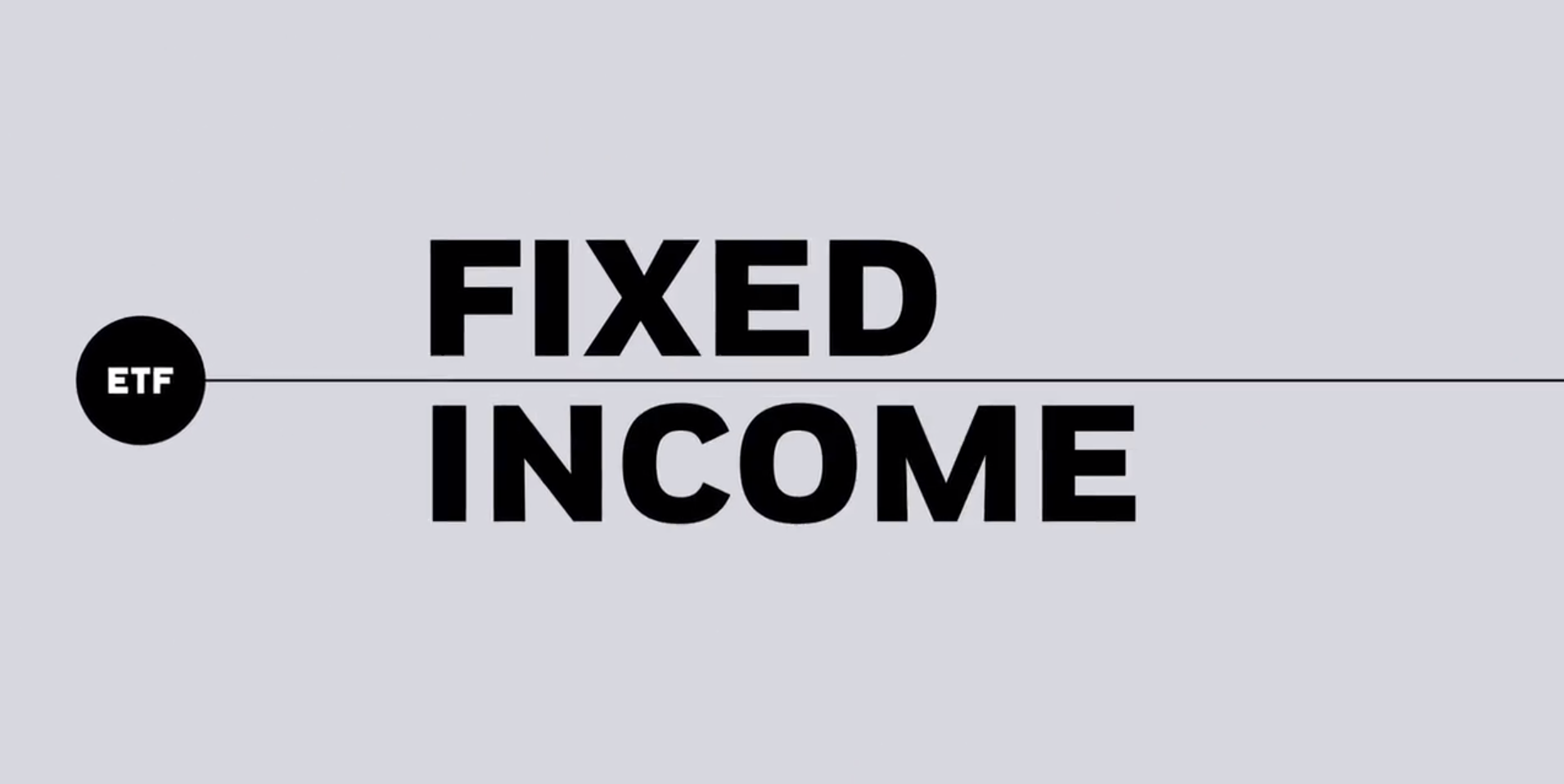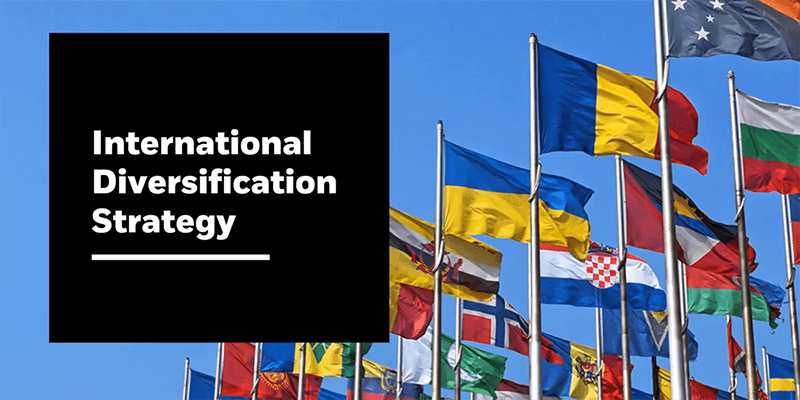
Explore the education platform
-
BII
Building the transformation
Dec 4, 2024 | By BlackRockMega forces, or structural shifts like the rise of artificial intelligence, are reshaping economies. We stay risk-on as we look for transformation beneficiaries. Learn more about our big investment calls for 2025. -
Market Outlook
Weekly market commentary
Nov 4, 2024 | By BlackRock Investment InstituteRecent data backs our view that the Federal Reserve won’t cut rates as much as markets expect. Read why we think the European Central Bank has more room to cut. -
No Topic
Rethinking risk
Read the fourth module of the portfolio construction course, which dives into what risk really means, the different types of risk, and how to measure it. -
No Topic
Investing and monitoring
Read the third module of the portfolio construction course, which details how investing and monitoring help financial professionals build better portfolios. -
No Topic
Unconstrained Equity. Ignore the noise.
In today’s volatile environment, to achieve differentiated returns, you might have to think a little differently -
No Topic
CHOOSING THE RIGHT ETF
Explore the third module of the ETFs course to explore the key considerations before investing in an ETF and learn about the buying/selling process. -
No Topic
EXCHANGE-TRADED FUNDS COURSE
Start the ETF course, covering what ETFs are, how they compare to other investments, the advantages and risks and how to implement them into a portfolio. -
No Topic
FIXED INCOME INDEXING IS BACK
Fixed income ETFs have long been an important staple in investor portfolios, offering the potential for steady income and relatively low volatility. -
No Topic
Understanding portfolio construction
Explore the first module of the portfolio construction course, which details the basics and how to enhance the investment process. Start learning now. -
No Topic
Portfolio construction
Start the portfolio construction course, covering best practices on having an established process, the impact of risk and the benefits of diversification. -
No Topic
Larry Fink on economic growth and prosperity
BlackRock is one of the world’s preeminent asset management firms and a premier provider of investment management. Find out more information here. -
No Topic
EXPLAINING ETFs
Explore the first module of the ETF course, which defines what ETFs are, details the advantages and explains the risks and how to combat them. -
No Topic
iBONDS® CALCULATOR
Explore the new iBonds Calculator Tool where financial advisors can easily calculate their Estimated Net Acquisition Yield (ENA Yield). -
No Topic
Meet our team
Learn about BlackRock’s global and regional leadership teams, and the local team dedicated to the Latin America region. Explore the team’s biographies. -
No Topic
THIS SEASON, IN STYLE
Find more information about style investing how to access the US equity market with precision with iShares Russell 1000 Growth & Value UCITS ETFs. Learn more. -
No Topic
Global Credit
BlackRock’s global credit platform investors a one-stop shop to optimize credit allocations and provides credit solutions across risk, liquidity and geographies. -
No Topic
Family Offices
BlackRock helps family offices achieve their objectives across a full range of solutions; market expertise, leading investment, and technology solutions. -
No Topic
Mega forces: An investment opportunity
Investing in Megatrends, Thematic Investing and investing in sectors is a way to access structural trends changing the world through equities. -
No Topic
Sustainable investing
Sustainable investing is about investing in progress and pioneering better ways of doing business. Take a sustainable approach to pursuing your goals. -
No Topic
Explore the New Targeted Experience for Advisors | BlackRock
The Targeted Experience Tool helps financial advisors find personalized information and resources all in one dashboard. -
No Topic
Pursue investment outcomes with factors
Factor investing is targeted drivers of risk and return in your portfolio. Learn what the factors are and how their use is being revolutionized by technology. -
No Topic
DON’T ALWAYS BET ON THE HOME TEAM
International investing is an investment strategy that involves selecting global investment instruments as part of an investment portfolio. It is essential for a well-diversified portfolio, and iShares ETFs offer a world of opportunity. -
No Topic
Share classes and loads
Share Classes and Loads provide a look into sales charges for all investment types. Compare information for both equity and fixed income mutual funds. -
No Topic
Alternative investments 101
Explore Module 1: Alternative Investments 101 to begin your journey on alternative solutions -
No Topic
ABOUT iSHARES
iShares relentlessly pursues better ways to invest and empowers investors to control their financial futures. Learn about our mission, history and leadership. -
No Topic
An “always on” approach to finding the best investing opportunities
BlackRock's active investors are always searching for investing opportunities that can empower people to meet their financial goals. Learn more today. -
No Topic
BUILDING PORTFOLIOS WITH ETFs
Explore the fifth module of the ETFs course to explore the benefits of different ETF types – UCIT ETFs in particular – and how to implement them in a portfolio. -
No Topic
About BlackRock in Latin America
BlackRock is a global investment manager, dedicated to your long-term, financial well-being. Learn more about BlackRock in Latin America. -
No Topic
BUILD A STRONG CORE WITH iSHARES ETFs
iShares Core ETFs are a low-cost, efficient way to build the core of a portfolio. Learn how to access diversified exposures and facilitate asset allocation. -
No Topic
Diversifying investments
Read the fifth module of the portfolio construction course to learn how diversifying across asset classes and geographies can be beneficial for the long-term. -
No Topic
Alternatives investments course
Take our 5 step Alternative investments course to become an alternatives guru and learn about the basics of alternative investing -
No Topic
Constructing an alternative portfolio
Take a look back at the foundational principles underpinning alternative products and learn about building an alternative portfolio. -
No Topic
Make sense of financial markets with BlackRock’s podcast, The Bid.
BlackRock’s podcast The BID features experts who discuss the latest on topics such as geopolitics, sustainable investing, technology and more. -
No Topic
Alternatives are Essential
Alternative investments provide broader diversification and a potential for reducing risk. Find out the options BlackRock offers to help you meet your needs. -
No Topic
Benchmarking and budgeting
Read the second module of the portfolio construction course, which details how benchmarking and budgeting help financial professionals build better portfolios. -
No Topic
Alternative asset classes: hedge funds, private equity, private credit
Explore Module 2: Learn about what each alternative asset class entails across hedge funds, private equity and private credit -
No Topic
Mega forces: An investment opportunity
Investing in Megatrends, Thematic Investing and investing in sectors is a way to access structural trends changing the world through equities. -
No Topic
ETF STRUCTURES
Explore the fourth module of the ETFs course to learn about the two different types of ETF structures and the advantages and drawbacks of each. -
No Topic
COMPARING ETFs AND MUTUAL FUNDS
Explore the second module of the ETFs course to get a better understanding of the similarities and differences among ETFs and mutual funds. -
No Topic
Scale your practice with BlackRock Model Portfolios
BlackRock models built with iShares UCITS ETFs for offshore investors provide investment solutions across different risk preferences. Learn more. -
No Topic
ETF GLOSSARY
Learn the terminology in the exchange-traded funds (ETFs) industry. Explore terms such as alpha, beta, synthetic and physical ETFs and more. -
No Topic
iSHARES iBONDS ETFs
Build Better Bond Portfolios — Sitting On Cash? Learn How Bond ETFs May Help Earn More Return From Your Cash. Powered by BlackRock. -
No Topic
BUILD LADDERS WITH iBONDS® ETFs
iBonds ETFs are designed to mature like a bond, trade like a stock, and diversify like a fund. Start building better bond ladders with iShares® iBonds® ETFs. -
No Topic
Alternative asset classes: real estate & infrastructure
Explore Module 3: Learn about what each alternative asset class entails across hedge funds, private equity and private credit -
No Topic
Ross Znavor
Latin America Chief Client Officer responsible for driving BlackRock's client strategy, innovation, and delivering the firm's global capabilities in the region. -
No Topic
Aitor Jauregui
Aitor Jauregui is responsible for all of BlackRock's activities across Latin America. He also chairs the Latin America Executive Committee. -
No Topic
Market insights
Despite a rise in equities last week, investors are still contending with a very mixed economic picture. Slow growth and the accompanying monetary response are keeping rates near historic lows. UK investors are now focusing on June’s EU referendum: With the risk of “Brexit” rising, sterling traded to its lowest level against the dollar since 2009. -
No Topic
Sergio Trigo Paz
Sergio Trigo Paz is the Head of Emerging Markets Portfolio Management for BlackRock's Global Fixed Income group. -
No Topic
Jose Maria Zertuche
Jose Maria Zertuche, Managing Director, is the Head and Chief Investment Officer of BlackRock's Latin America Infrastructure Investment Group.
Take the complexity out of investing
Videos
This is a modal window.
What is an ETF?
An ETF, or Exchange traded fund, is a group of diverse assets that trades on a stock exchange as a unit.
Imagine a set of building blocks. Each block is a piece in and of itself, but if you group them together, they create a structure, or an ETF.
An ETF is made up of several diversified “building blocks” such as stocks, bonds or commodities. An individual block can represent a company (Apple) or country (Mexico), but together they form an industry (technology) or a continent (Latin America).
ETFs are characterized for being:
Diversified: they contain a variety of assets such as stocks, bonds and commodities
Transparent: you can see the underlying investments contained within each ETF
Accessible: ETFs provide access to markets and industries worldwide
Flexible: ETFs operate similarly to stocks; they can be traded as long as the exchange where they are traded is open, and their price adjusts throughout the day
Cost Efficient: Management fees on most ETFs are usually much lower than mutual funds, which increases the possibility of better returns
 Now PlayingUp NextWhat is an ETF?
Now PlayingUp NextWhat is an ETF? Now PlayingUp NextWhat are Fixed Income ETFs?
Now PlayingUp NextWhat are Fixed Income ETFs? Now PlayingUp NextWhat is Alternative Investing?
Now PlayingUp NextWhat is Alternative Investing? Now PlayingUp NextWhat is International Diversification?
Now PlayingUp NextWhat is International Diversification? Now PlayingUp NextHow to construct an investment portfolio?
Now PlayingUp NextHow to construct an investment portfolio?- Now PlayingUp NextWhat is Equity?
What is an ETF?
An ETF, or Exchange traded fund, is a group of diverse assets that trades on a stock exchange as a unit.
Imagine a set of building blocks. Each block is a piece in and of itself, but if you group them together, they create a structure, or an ETF.
An ETF is made up of several diversified “building blocks” such as stocks, bonds or commodities. An individual block can represent a company (Apple) or country (Mexico), but together they form an industry (technology) or a continent (Latin America).
ETFs are characterized for being:
Diversified: they contain a variety of assets such as stocks, bonds and commodities
Transparent: you can see the underlying investments contained within each ETF
Accessible: ETFs provide access to markets and industries worldwide
Flexible: ETFs operate similarly to stocks; they can be traded as long as the exchange where they are traded is open, and their price adjusts throughout the day
Cost Efficient: Management fees on most ETFs are usually much lower than mutual funds, which increases the possibility of better returns
Courses
Launch the portfolio construction course


LAUNCH THE ETFs COURSE



